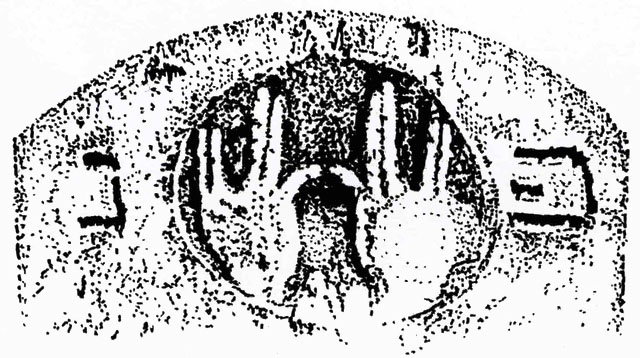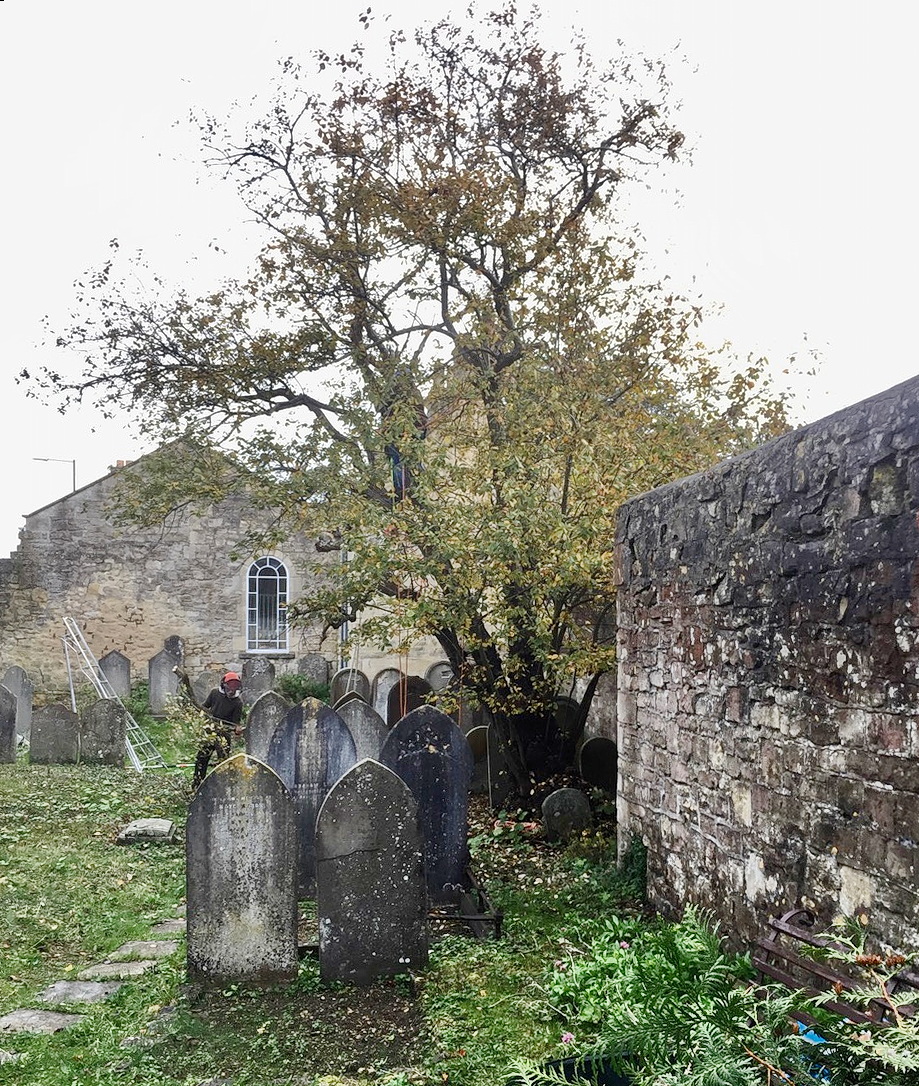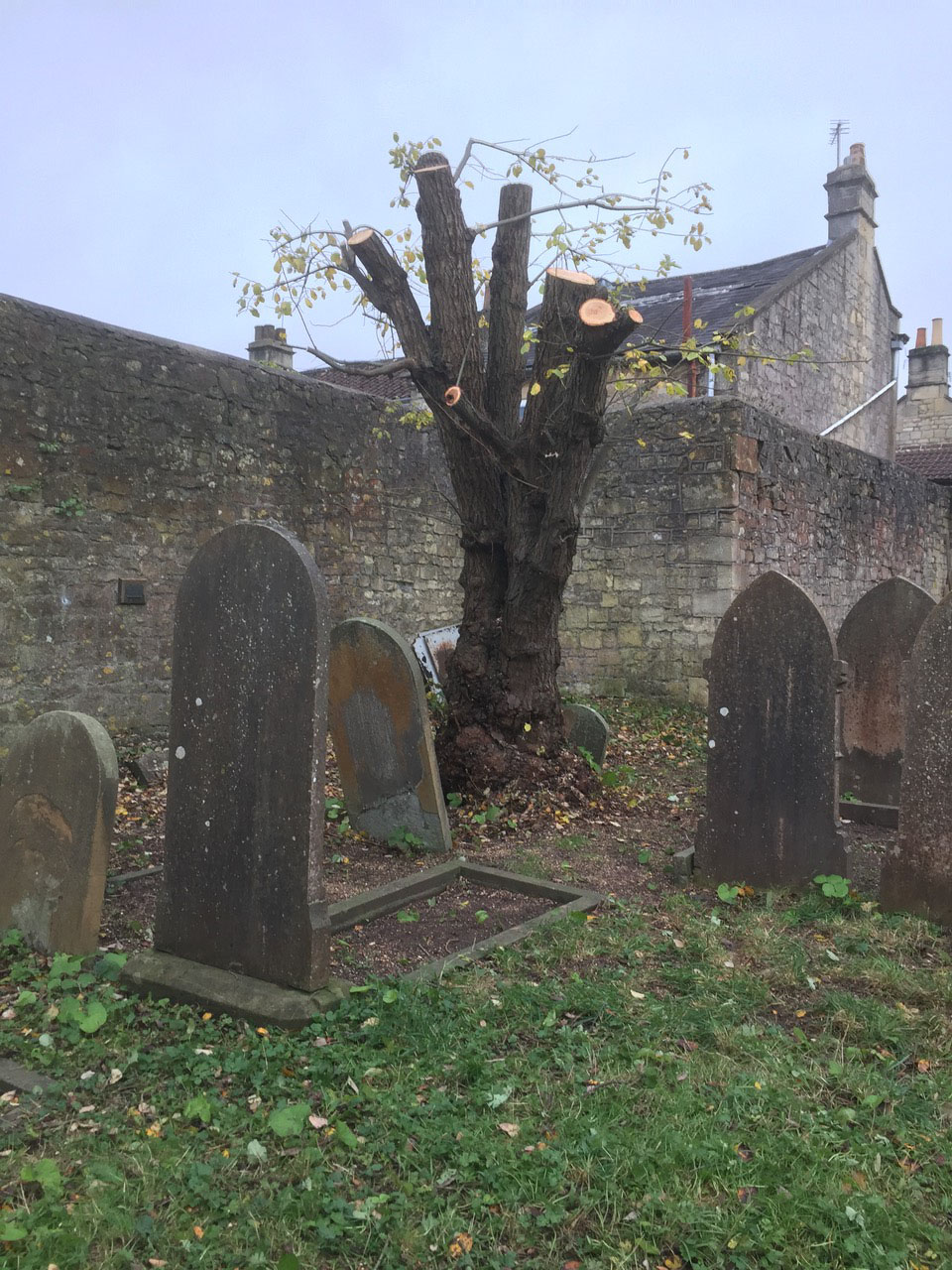FAQ
What we get asked about most often about the burial ground

In the early 19th century Combe Down's role of supplying stone for the building of Bath would have been greatly diminishing, and land here may have been less expensive to lease. The plot was leased in 1812 by Henry Street, Quarry owner, to four members of the Bath Jewish Community: Jacob Abraham (optician), Henry Moore (Jeweller), Hyam Israel (Fruiterer), Michael Lewis (Clothes Dealer). Jacob Abraham is buried in Cheltenham, but at the moment we know very little about the other three.
When and why did the cemetery close?
Is there still a synagogue in Bath?
In 1821 the Jewish Community, probably organised by Moses Samuel who had retired to Bath and was a past President of the Great Synagogue in London, acquired premises in Kingsmead Street suitable for use as a synagogue. The first Reader was Solomon Wolfe (grave 18).
The first synagogue was replaced in 1842 when the late Moses Samuel’s plans for a Synagogue in Bath were realised. The new Synagogue in Corn Street (corner with Avon Street) was designed by the well known Bath architect Henry Goodridge. It was small, having a frontage of 32 feet and a depth of 30 feet. But the Bath Chronicle’s report of its consecration was that the interior was 'very tastefully fitted up and embellished'.
We do not have any plans of the building, but a single old photograph of Avon Street includes a building with a tall arched window which was probably the Synagogue. In 1882 it was badly damaged by the 'great flood’ that caused extensive damage throughout the City. By 1903 it was no longer used. The building was purchased by the local authority in 1938 and was demolished as part of the Technical College development.
FOBJB is a 'community interest company’ - a company that exists in order to act for the public good. Accounts are submitted to Companies House every year exactly as with a normal corporate body. The creation of the CIC was a pragmatic decision by the Friends given the difficulty of becoming a registered Charity. In March 2006 Historic England designated the Jew’s Cemetery, Walls and Ohel as Grade 2 listed.
Are people buried here today?
The idea that it was once a prayer house could date from the 1930s when permission was sought from change of use and 1 Greendown Place, Combe Down was registered as 'a Jewish chapel' by the Registrar General.
The layout of the tombstones is simple with straight rows of graves, generally chronological or by family groupings with later burials inserted next to family members. Infants are usually buried in separate areas, often in unmarked graves. Headstones usually face towards the body and the head faces east towards Jerusalem. As the Jewish population increased the small burial grounds struggled to accommodate growing numbers of burials. Graves were packed together tightly and where possible grounds were extended (as was the burial ground here in 1862).
Jewish funerals are not held in synagogues. They may be conducted at the graveside, or in the Ohel, a special prayer hall situated in the cemetery. There may also be a Bet Taharah where bodies where ritually washed and prepared for burial. There may also be a separate caretaker lodge. There is usually a place for washing hands upon leaving the site. Out of respect for those buried, eating, drinking are avoided, modest dress is worn and visitors avoid stepping on the graves.
The Cohanim (singular: Cohen) are members of a priestly lineage maintained by the mainstream Ashkenazi and Sephardi Jewish communities. Traditionally, they are considered to be the descendents of Aaron, the brother of Moses, who served the Israelites as the first High Priest (Cohen Gadol).
You might also notice a pouring pitcher, traditionally used on the gravestone of a Levite (heriditary assistant to the Cohamin in religious services).

|

|
2019 - before and after branch reduction.